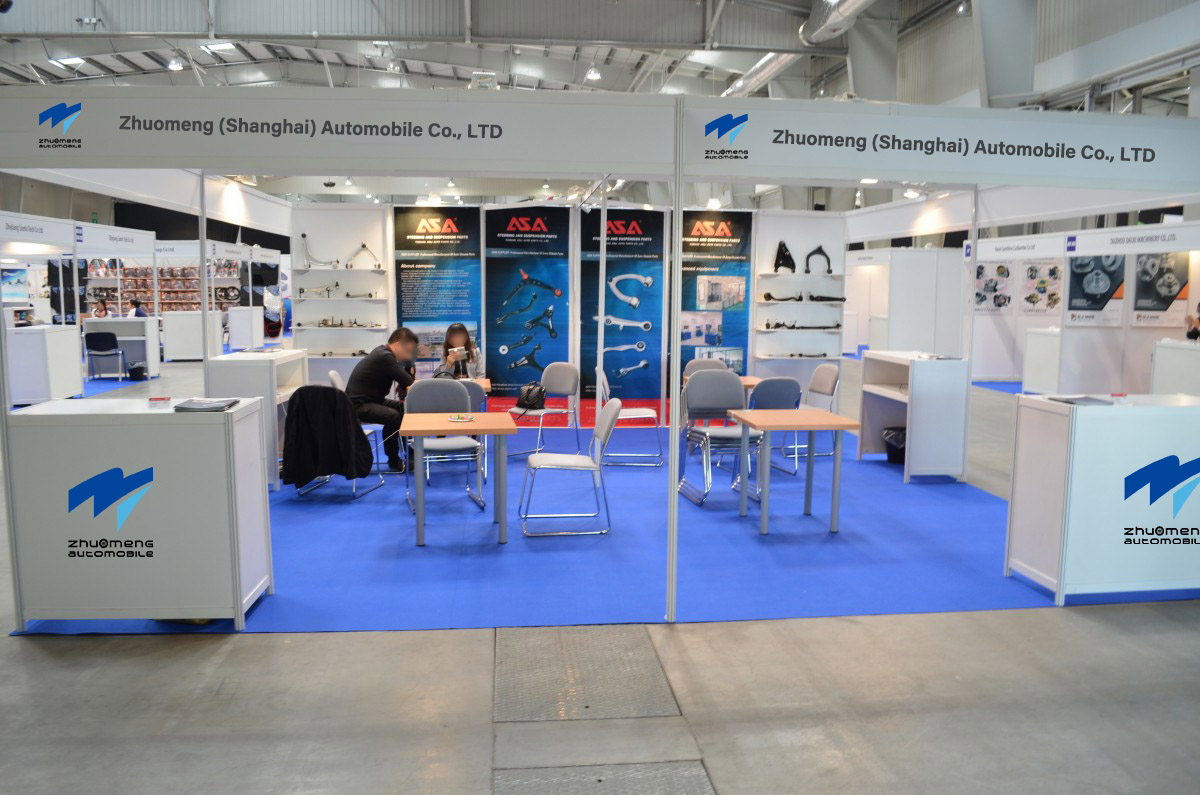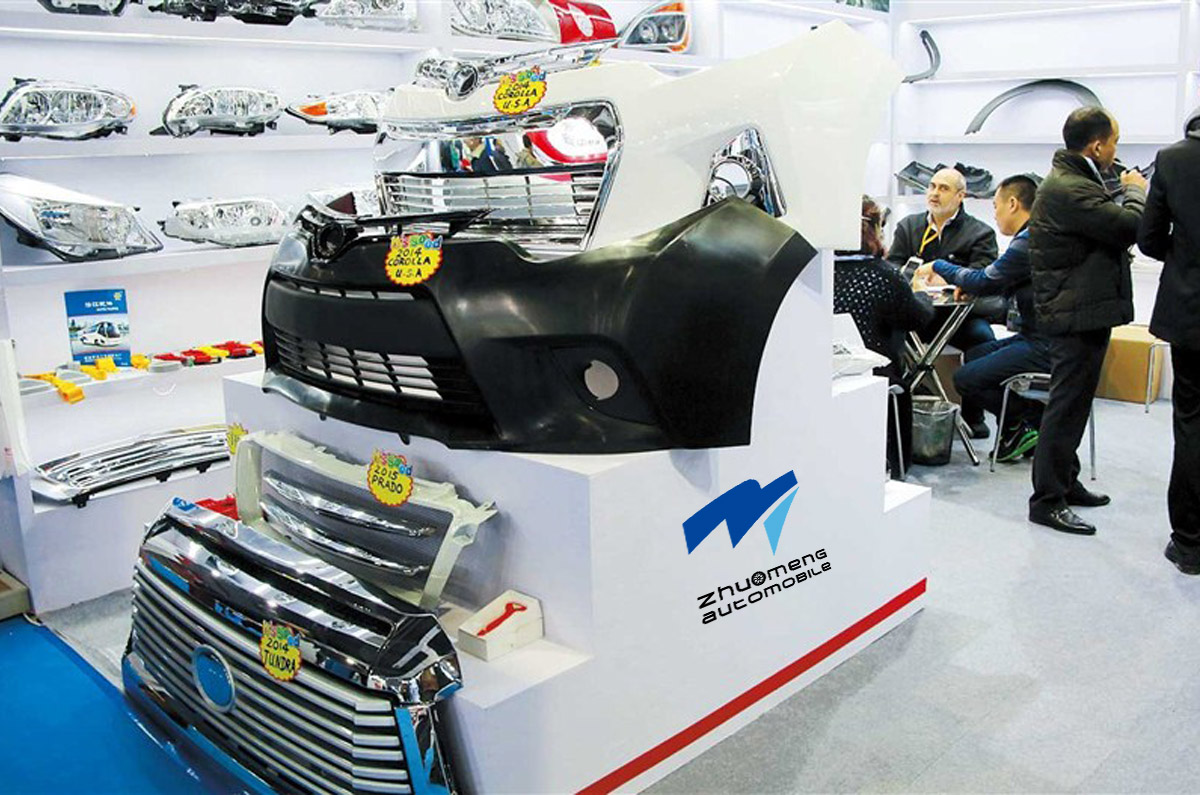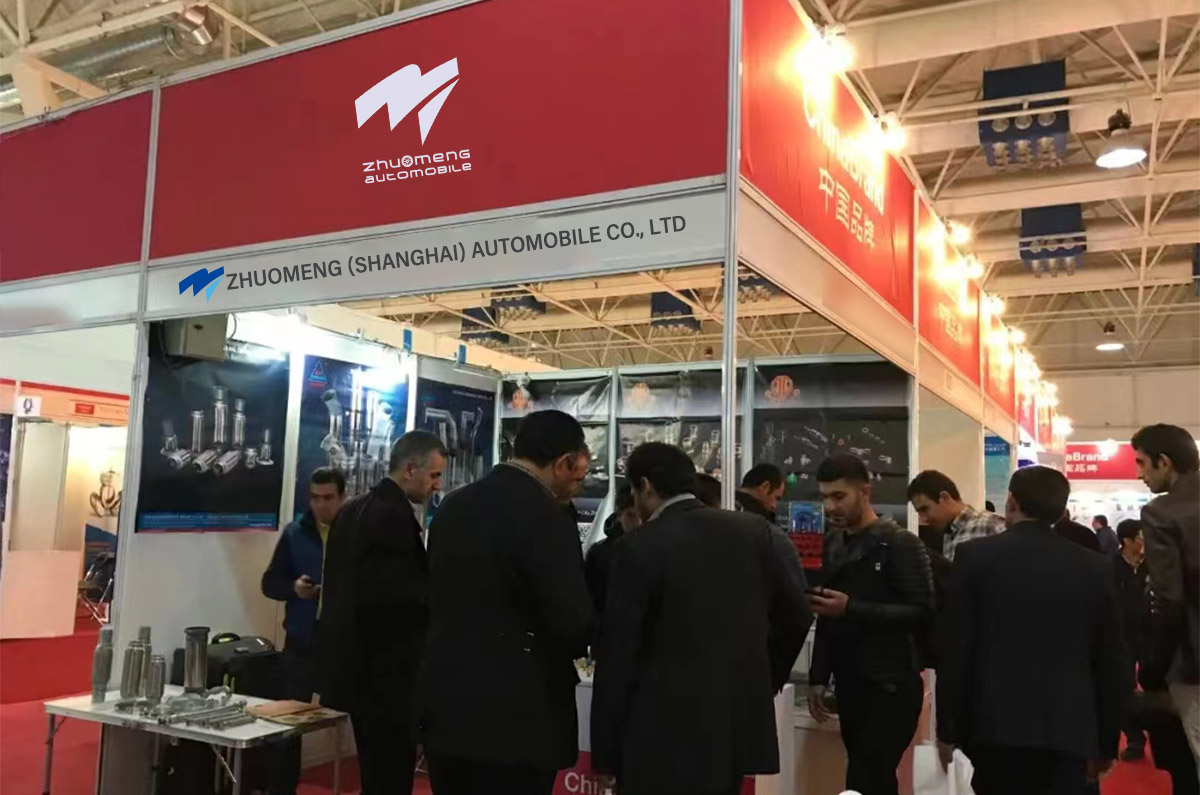In the process of driving, the car needs to change its driving direction frequently according to the driver's will, which is the so-called car steering. As far as wheeled vehicles are concerned, the way to realize the steering of the vehicle is that the driver makes the wheels (steering wheels) on the steering axle (usually the front axle) of the vehicle deflect a certain angle relative to the longitudinal axis of the vehicle through a set of specially designed mechanisms. When the car is driving in a straight line, the steering wheel is often affected by the lateral interference force of the road surface, and automatically deflects to change the driving direction. At this time, the driver can also use this mechanism to deflect the steering wheel in the opposite direction, so as to restore the original driving direction of the car. This set of special institutions used to change or restore the driving direction of the car is called the car steering system (commonly known as the car steering system). Therefore, the function of the car steering system is to ensure that the car can be steered and driven according to the driver's will. [1]
Construction principle editing broadcast
Automotive steering systems are divided into two categories: mechanical steering systems and power steering systems.
Mechanical steering system
The mechanical steering system uses the driver's physical strength as the steering energy, in which all force transmission parts are mechanical. The mechanical steering system consists of three parts: steering control mechanism, steering gear and steering transmission mechanism.
Figure 1 shows a schematic diagram of the composition and arrangement of the mechanical steering system. When the vehicle turns, the driver applies a steering torque to the steering wheel 1 . This torque is input to the steering gear 5 through the steering shaft 2 , the steering universal joint 3 and the steering transmission shaft 4 . The torque amplified by the steering gear and the motion after deceleration are transmitted to the steering rocker arm 6, and then transmitted to the steering knuckle arm 8 fixed on the left steering knuckle 9 through the steering straight rod 7, so that the left steering knuckle and the left steering knuckle it supports are transmitted. Steering wheel deflected. In order to deflect the right steering knuckle 13 and the right steering wheel it supports by corresponding angles, a steering trapezoid is also provided. The steering trapezoid is composed of trapezoidal arms 10 and 12 fixed on the left and right steering knuckles and a steering tie rod 11 whose ends are connected with the trapezoidal arms by ball hinges.
Figure 1 Schematic diagram of the composition and layout of the mechanical steering system
Figure 1 Schematic diagram of the composition and layout of the mechanical steering system
The series of components and parts from the steering wheel to the steering transmission shaft belong to the steering control mechanism. The series of components and parts (excluding steering knuckles) from the steering rocker arm to the steering trapezoid belong to the steering transmission mechanism.
power steering system
The power steering system is a steering system that uses both the driver's physical strength and the engine power as the steering energy. Under normal circumstances, only a small part of the energy required for the steering of the car is provided by the driver, and most of it is provided by the engine through the power steering device. However, when the power steering device fails, the driver should generally be able to independently undertake the task of steering the vehicle. Therefore, the power steering system is formed by adding a set of power steering devices on the basis of the mechanical steering system.
For a heavy-duty vehicle with a maximum total mass of more than 50t, once the power steering device fails, the force applied by the driver to the steering knuckle through the mechanical drive train is far from enough to deflect the steering wheel to achieve steering. Therefore, the power steering of such vehicles should be particularly reliable.
Figure 2 Schematic diagram of the composition of the hydraulic power steering system
Figure 2 Schematic diagram of the composition of the hydraulic power steering system
FIG. 2 is a schematic diagram showing the composition of a hydraulic power steering system and the piping arrangement of the hydraulic power steering device. The components belonging to the power steering device are: a steering oil tank 9 , a steering oil pump 10 , a steering control valve 5 and a steering power cylinder 12 . When the driver turns the steering wheel 1 counterclockwise (left steering), the steering rocker arm 7 drives the steering straight rod 6 to move forward. The pulling force of the straight tie rod acts on the steering knuckle arm 4, and is transmitted to the trapezoidal arm 3 and the steering tie rod 11 in turn, so that it moves to the right. At the same time, the steering straight rod also drives the slide valve in the steering control valve 5, so that the right chamber of the steering power cylinder 12 is connected to the steering oil tank with zero liquid surface pressure. The high-pressure oil of the oil pump 10 enters the left cavity of the steering power cylinder, so the rightward hydraulic force on the piston of the steering power cylinder is exerted on the tie rod 11 through the push rod, which also causes it to move to the right. In this way, a small steering torque applied by the driver to the steering wheel can overcome the steering resistance torque acting on the steering wheel by the ground.















